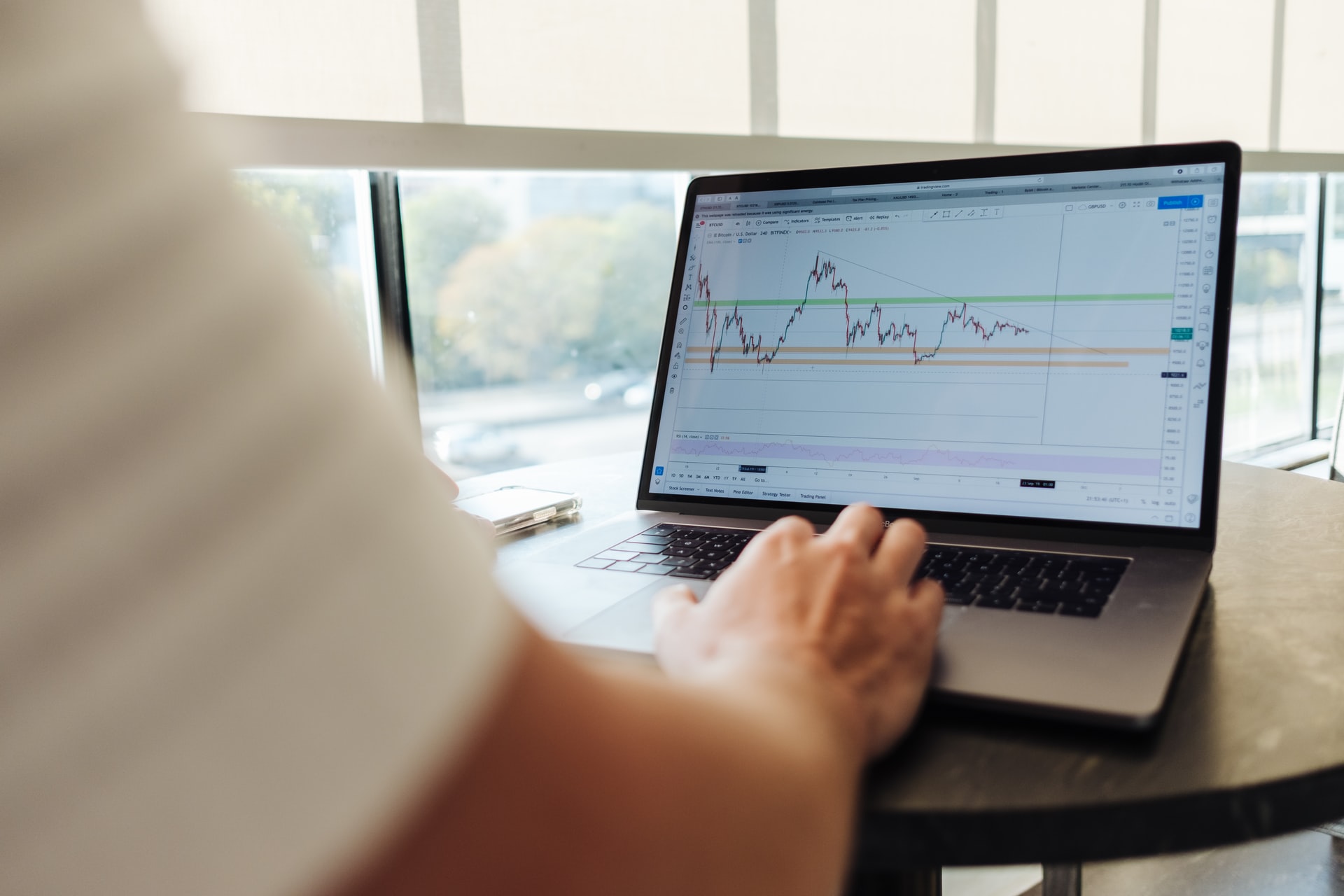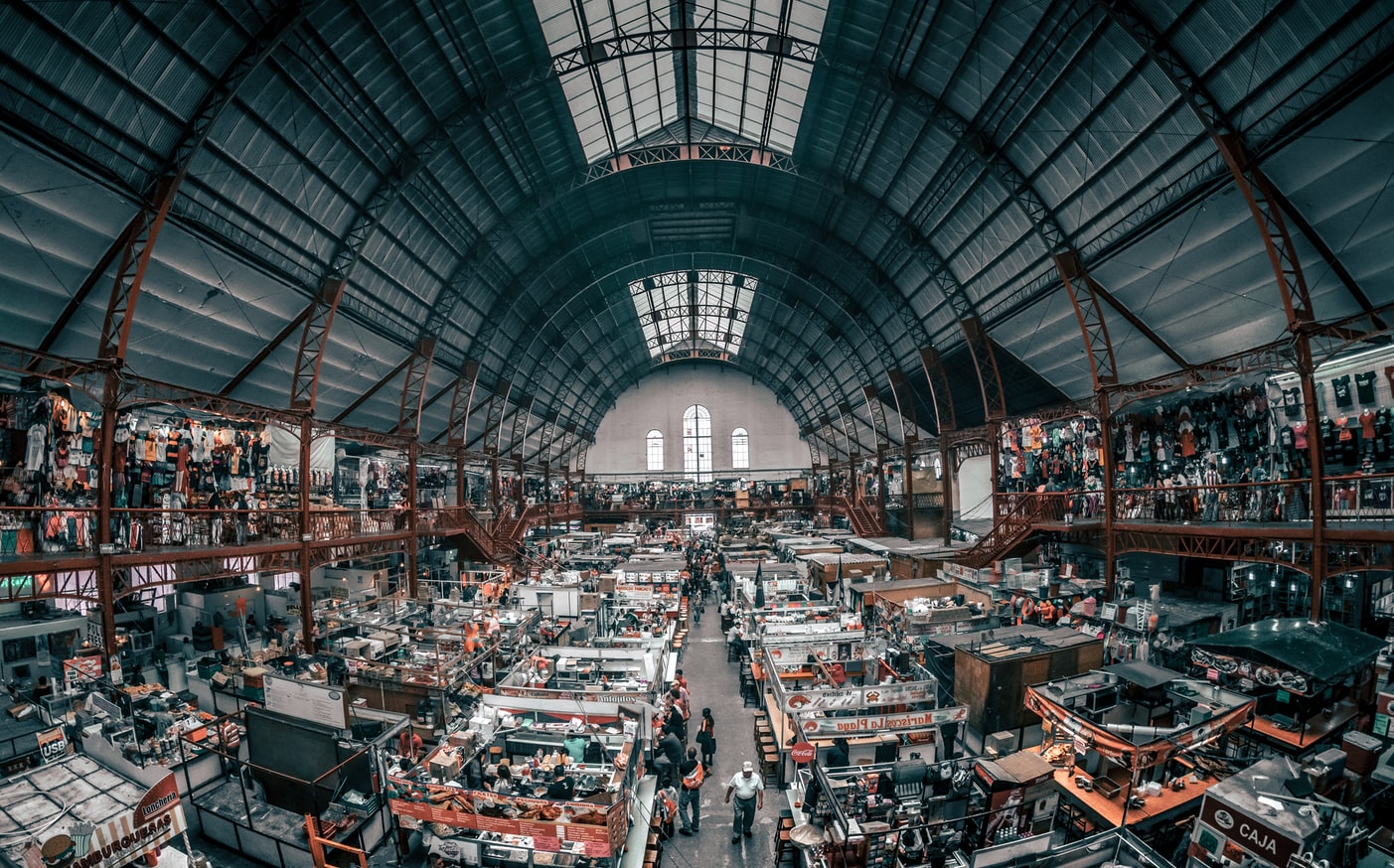It can be a full time job simply keeping a business afloat, let alone pursuing growth, training, and beyond. Some businesses need to find their very first warehouse, whilst others need a different one to meet their needs. This time, it may be of a different size and location.
Whatever the reason, it can be a costly and time consuming task looking around. It’s a gamble too, as any wrong choices may hamper the future success of the company. Certain key considerations remain constant, however, and we’re going to look at them right now.
- Professional Assistance
Austin, Texas is a business centre for real estate and medical technology. It is also home to the federal and local government. According to the professionals from AustinTenantAdvisors.com people seek a free service when looking for warehouse sites to sell, lease or rent. They want help with negotiating leases, and professionals who will visit the warehouses before they recommend them.
If an external company obtains a list of everything you need, they will be best placed to find the right location. Their research and knowledge of the industrial market can save you precious time.
- Enough Space
If someone pays for a warehouse that is too large, they’ll be wasting their money. If they obtain one that is too small, it will hamper the operation of the business. It’s essential that businesses allow for future growth, so the warehouse is not outgrown too quickly. Some lease options allow people to be flexible over their storage requirements, giving room for change if this is later needed.
Take a good look around the warehouse: Could it cope with over-size pallets and are there columns that would get in the way? Is the ceiling height adequate? Decide how much storage space would be needed for stock and equipment. The outside land that is related to the warehouse is highly important too as it will be used for deliveries, both in and out.
If the warehouse owner provides facilities for companies similar to yours, it’s a good indication they will know what premises you will need.
- The Location
Some warehouses need to be near the head office, whilst others are simply storage for a specific region. In the latter case, the closer the better. The deliveries will be both quicker and cheaper this way.
Consider the current staff: Will it be easy for them to get to the warehouse, or are there traffic issues? Will they have parking onsite or will they be paying external car parks? Check out the employment rates for this area. Will there be sufficient local employees if you need them?
If customers are going to visit the warehouse, they need to find it accessible too. Buildings that are near train stations or motorways have an advantage over remote locations. Seaports are a prime requirement for any company that is busy with imports and exports.
- The Costs
When a company checks its budget it must take everything into account. What will the ongoing payments be? There will be fees to move everything into the warehouse. There will be legal fees, including those related to the lease.
Check for hidden costs. There may be property taxes, or repair or maintenance payments required. Another major expense will be to cover both the delivering and receiving of goods.
- The Right Aged Building
Older warehouses are often rugged and built to last. They are usually cheaper to acquire. Modern buildings cope better with modern technology. It’s worth checking what sort of Warehouse Management System it can use for overseeing all transactions.
Older buildings were designed mainly for humans to move things around. Modern warehouses may also feature robotics or conveyor belts to make life easier. If refrigeration of products is needed, check out what’s available here too.
- Safety
Peoples’ wellbeing must be of primary concern at all times. The warehouse owner may have details of previous incident rates, damage plans and safety procedures. It’s also essential to find out what is covered by the insurance.
Some buildings are located on larger sites which have security guards in place. Others simply have CCTV cameras. If the buildings are accessed using security cards, make sure the access levels are set to protect both the people and the equipment.
Before a warehouse is finally chosen, have a professional to visit the premises. They should check the wiring and plumbing, and look for potential roof leaks. They may assess the turning spaces outside to make sure that people and vehicles are not at risk. Once the best warehouse has been obtained, the business will be well-placed for a prosperous and active future.






































